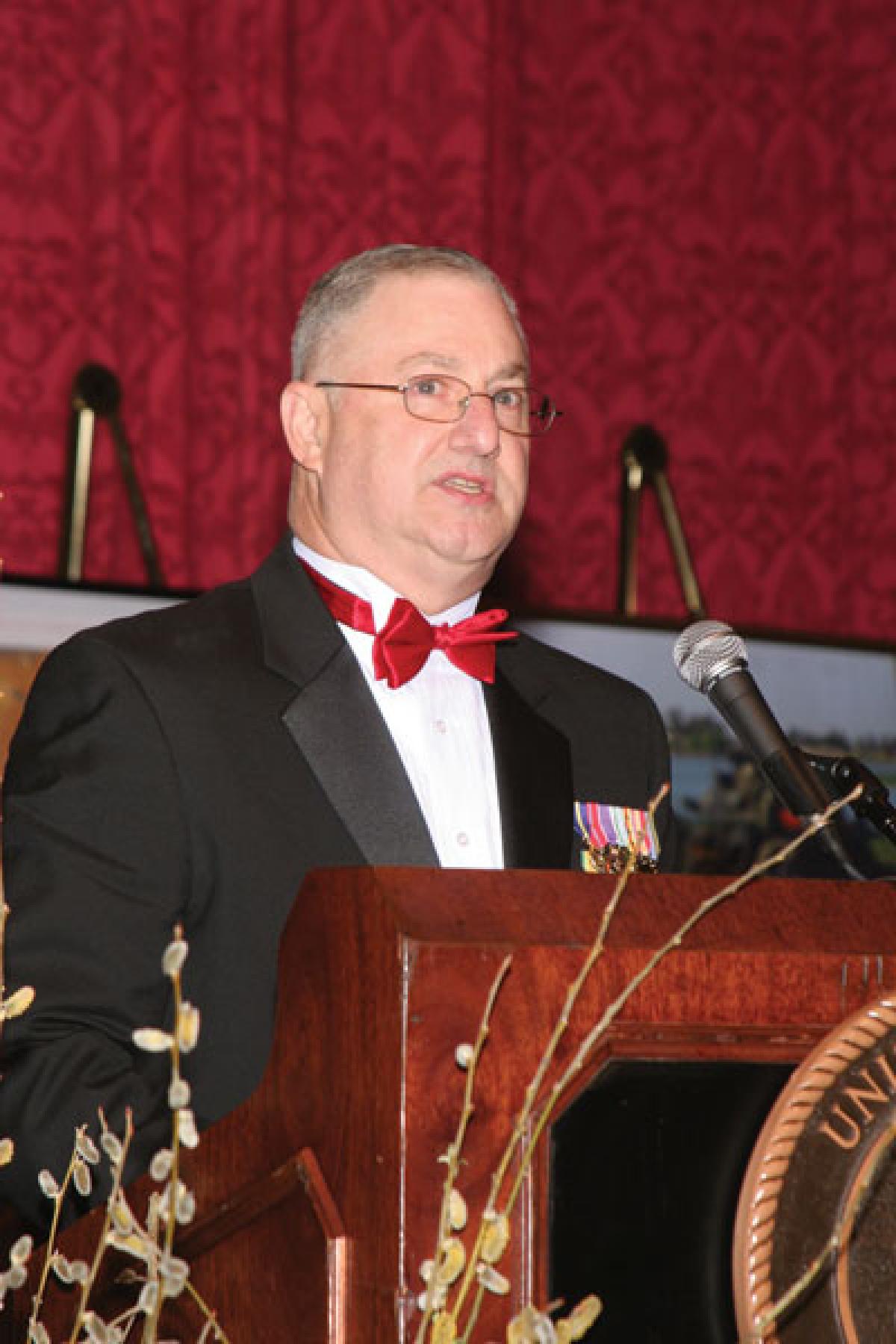Growth in the defense budget has led Secretary of Defense Robert Gates to seek savings across the department. Two of the most treasured benefits of military service, health care and retirement pay, are considered primary targets for cost reductions. Two influential voices have assailed these forms of compensation without the perspective they deserve.
A month before his transition to civilian life, then-Coast Guard Commandant Admiral Thad Allen said “something needs to be done about [Tricare premiums].” His statement, reported by Otto Kreisher in the 3 May 2010 Congress Daily, was a reaction to the $465 annual premium Allen would pay for medical coverage for himself and his wife. Tricare premiums are clearly inexpensive, but they are still above zero, the level that many correctly argue veterans were promised and deserve.
Regardless of past promises, Admiral Allen’s statement must be taken in context. At the time he enrolled in Tricare, he was expecting about $10,000 in monthly retirement pay. Like every other retiree, he earned his retirement, but his income is an unfair gauge of relative insurance costs for most retired servicepeople.
In comparison, a first class petty officer with 20 years of service earns less than $1,750 per month in retirement, before taxes. Depending on family size, this veteran’s retirement is within poverty limits under Department of Health and Human Services guidelines for 2010, before other income is considered.
Think about that. The retirement income of many military retirees does not exceed the poverty level!
This is a stark contrast to retired Marine Corps Reserve Major General Arnold Punaro’s recent statement that military retirement is a “middle-class entitlement program.” In an attempt to demonstrate how significant retirement pay is, Punaro declared it’s “not food stamps” in an 8 September 2010 Defense News article by John T. Bennett.
This statement would be easily ignored if General Punaro wasn’t a Defense Business Board senior fellow. His words carry significant weight and he should be more careful choosing them, especially considering some veterans, and many active-duty personnel, rely on food stamps, the Women, Infants, and Children (WIC) program, and other benefits to feed their families.
General Punaro is a decorated combat veteran. He may be correct in his estimation “that it is not sustainable to pay people for 60 years to serve for 20,” but he should know better of the sacrifices military professionals make than to provide such a detestable characterization of the benefits received by those who have dedicated the majority of their adult lives to their nation.
Like Allen’s, Punaro’s words should be taken in context; when so considered, they become even more offensive. General Punaro is a former senior vice president of defense contractor SAIC and therefore a beneficiary of taxpayer dollars. According to Forbes.com, his SAIC compensation in 2009 was more than $2.7 million. It’s easy for a millionaire and retired reservist, who at age 63 is not yet receiving military retirement, to make such statements regarding the benefits promised to and earned by those who served under him.
The realities of military benefits must be considered by the wealthy senior officers and defense officials who can easily afford or will not be affected by changes. One of these realities is the fact that many veterans are still retiring with 40 percent, not 50 percent, of base pay, a plan that was in effect for many years. These veterans had an opportunity to choose the higher plan, but financial and other circumstances led them to choose a Career Status Bonus of $30,000—as taxable income—instead.
Enlisted professionals also have fewer opportunities than the officers now seeking to reduce their benefits. One of the most important disadvantages, which does not allow “many [retirees to] go on to take high-paying defense sector jobs” as General Punaro accused, is the absence of full-time, fully funded advanced education programs like those included in officer career paths.
Every senior official entrusted to find savings in the defense budget must maintain perspective on the financial realities of military members, especially those less financially fortunate than themselves. To do otherwise leads to insulting and arrogant statements that make retirees appear to be seeking unearned handouts. Current benefits are far from middle-class entitlements for those who earn significantly less than the wealthy bureaucrats seeking to reduce them.



